Who is the least likely candidate for an animated princess movie? That’s the question former DreamWorks animator Jason Porath asked his colleagues over lunch a few years back. Over the hour they kept one-upping each other with increasingly inappropriate heroines. Nabokov’s Lolita came out on top.
Throughout the conversation, Porath kept throwing out the names of obscure warrior women he’d read about on Wikipedia binges. He suggested the female samurai Tomoe Gozeno, Josefina Guerrero, the ‘Leper Spy of the Philippines’, and Mariya Oktyabrskaya, the Soviet widow who sank her life savings into a tank she drove into frontline battle against the Nazis. But none of his colleagues had heard of them and he felt that needed to change.
Back in history class Porath remembered learning about complex ‘male figures running the gamut from Abe Lincoln to Genghis Khan’. But he felt the school-approved list of great women was too ‘safe, censored and short’. He remembered Queen Elizabeth I, Amelia Earhart, Marie Curie and Rosa Parks. Suddenly this ‘random white guy from Kentucky’ was filled with a feminist evangelism on behalf of ‘the compromised ones, the uncomfortable ones, the rejected ones’.
So Porath left DreamWorks and launched the glorious Rejected Princesses blog, celebrating the wild lives of ‘history’s boldest heroines, hellions and heretics’. Each woman was given a witty illustrative makeover, modern animation style. Mariya Oktyabrskaya’s tank (which she told Stalin to christen ‘Fighting Girlfriend’ and clambered out of to repair in mid-battle) has a face just like one of the characters in Pixar’s Cars.
Now the blog’s a book, aimed at ‘any girl who ever felt she didn’t fit in’ and featuring the extraordinary adventures of 100 women — both real and mythological — from all corners of the globe.
There’s a lot of tough stuff and Porath refuses to sugar-coat it. Each tale is rated from one to five: one being a PG and five being R. There are also icons to warn readers when stories contain sex, violence, abuse, rape and self-harm.
He opens in Mongolia in the 13th century with the PG tale of Genghis Khan’s great-great-granddaughter Khutulun (a heroic warrior and unbeaten wrestler) and ends in 21st-century India with that R-rated story of Phoolan Devi, who was born an ‘untouchable’, married at 11 to a 33-year-old man who beat and raped her, told to commit suicide by her family when she walked hundreds of miles home to them, gang-raped by the police when she reported her husband, and then kidnapped by her cousin. She survived it all to become a bandit queen, terrorising the ‘unjust’, castrating rapists, stealing from the rich to give to the poor and freeing women from slavery. After 11 years in prison she successfully ran for government office, serving for five years before she was gunned down in 2001.
Porath is a very cool and questioning narrator, constantly challenging the ways in which the stories have been retold and balking at how many end with marriage. He snorts at how Khutulun’s story was transfigured to be all about romantic love — ‘ugh’ — in Puccini’s Turandot, and how the 2014 Netflix series Marco Polo cast her as ‘slender and waifish when she was anything but’. He tells us that Phoolan Devi hated the 1994 biopic Bandit Queen which portrayed her as ‘a snivelling woman’.
Not all Porath’s subjects are warriors. He also celebrates intellectuals, inventors and even gives space to female psychopaths like Elisabeth Bathory. He advises approaching that chapter like a drinking game and down a shot each time you’re ‘grossed out… here’s hoping you have a full bottle or a strong stomach’.
So although this is marketed as a book for children, parents are going to need to make their own call on when to share what. I won’t be encouraging my own children to down shots with their bedtime stories, but I’m with Porath when he says that ‘kids can handle more than we think’. Many of these tales are no more shocking than Little Red Riding Hood — the difference is just that its heroines don’t wait around for passing woodcutters to rescue them. As Porath says, ‘what we think of as “suitable for kids” defines what sort of society we want’. And as the mother of a four-year-old girl who has started insisting she’s a boy because she can’t see herself in the increasingly passive, pink and princessified ideals of girlhood our culture sells her, I’m grateful to this ‘random white guy from Kentucky’ for providing me with a treasury of stories which will help me show her that ‘Girls can be anything… Glory in that!’
Got something to add? Join the discussion and comment below.
Get 10 issues for just $10
Subscribe to The Spectator Australia today for the next 10 magazine issues, plus full online access, for just $10.

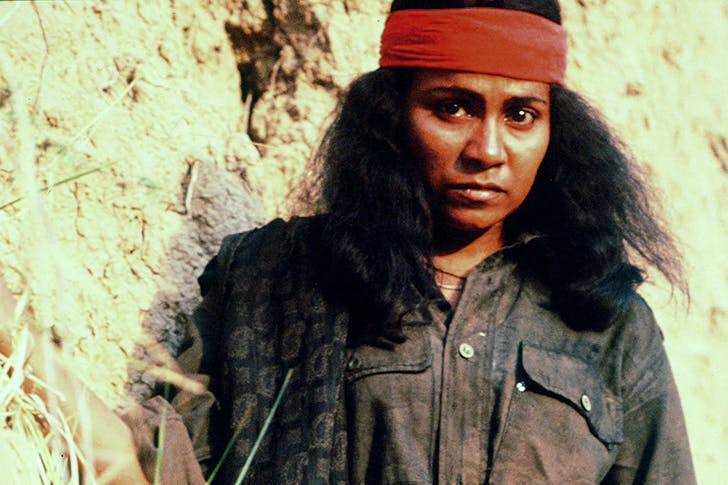
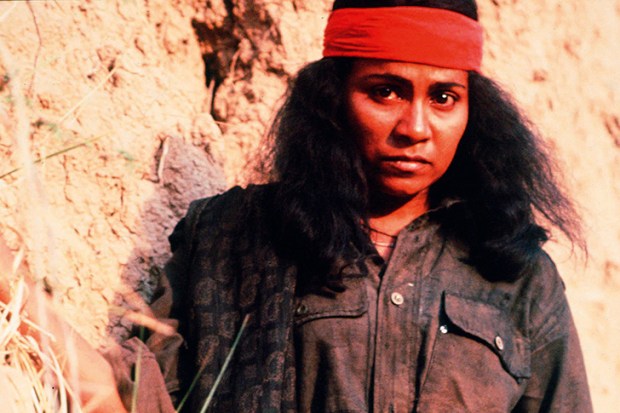
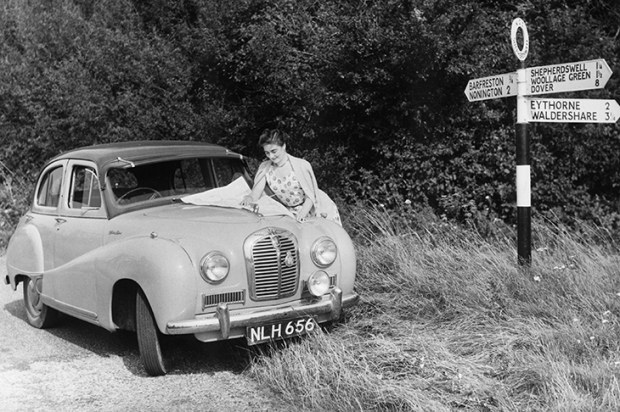
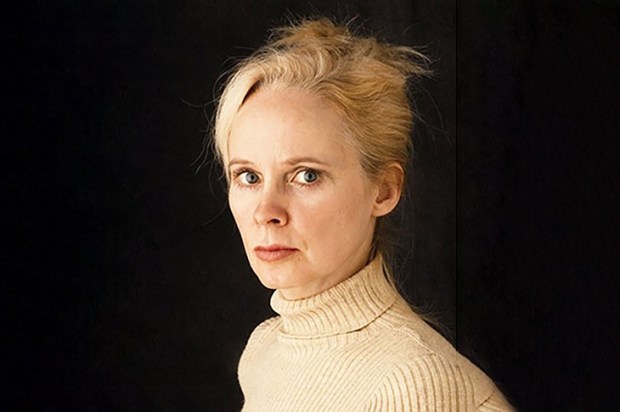

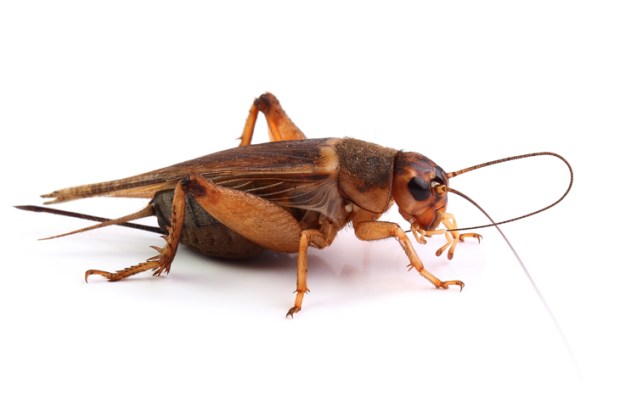







Comments
Don't miss out
Join the conversation with other Spectator Australia readers. Subscribe to leave a comment.
SUBSCRIBEAlready a subscriber? Log in